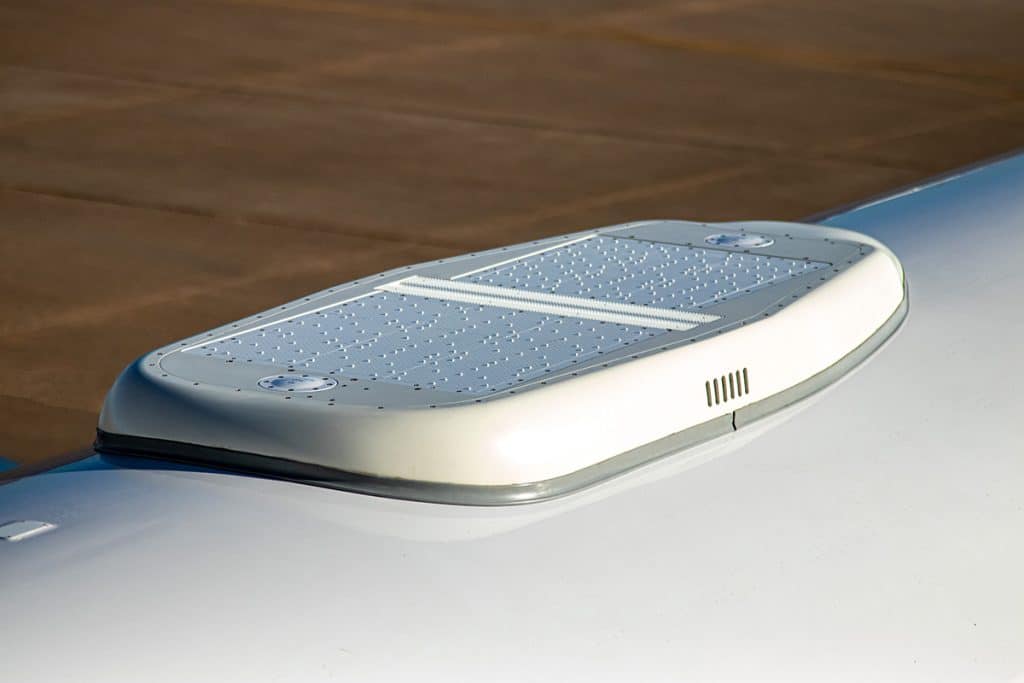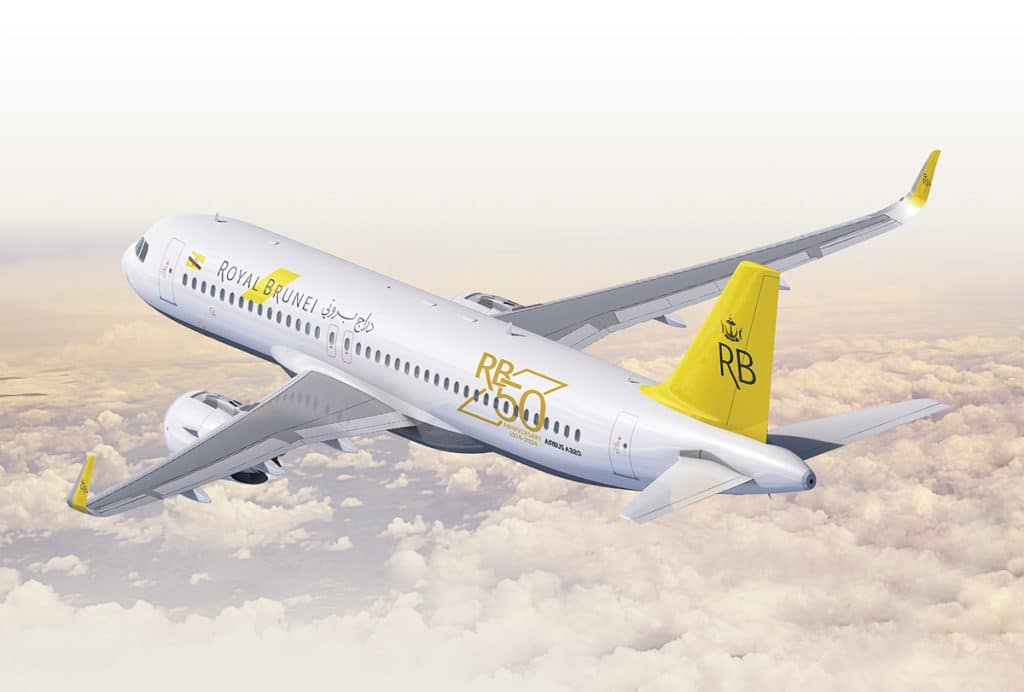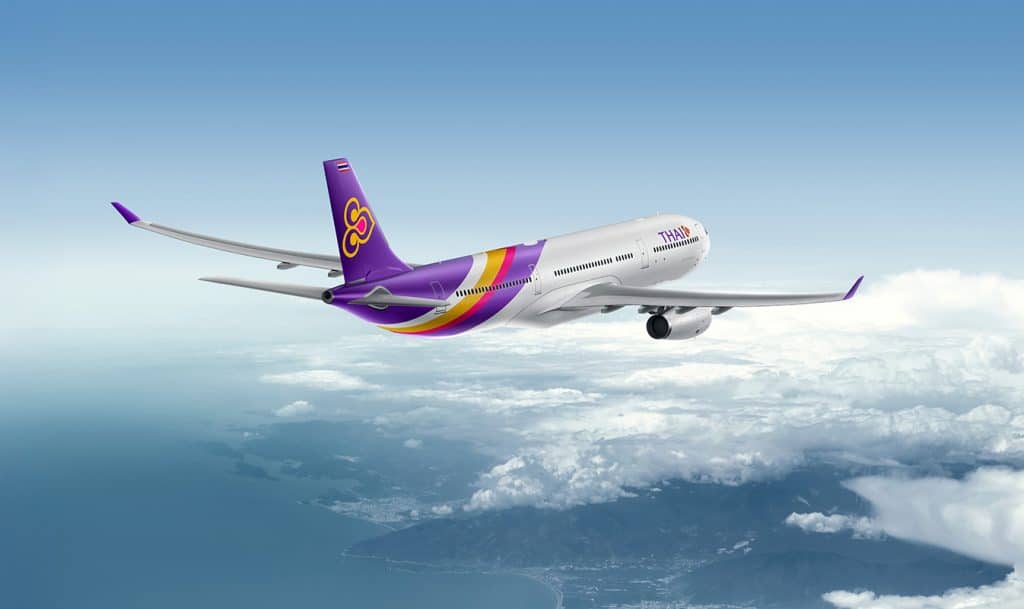Multi-Orbit Inflight Wi-Fi Will Enable Airlines to Elevate the Passenger Experiences and Boost Loyalty
Carmel Ortiz, Senior Vice President Technology and Innovation
Commercial airlines are very aware of the inextricable link between the inflight Wi-Fi passenger experience, consumer satisfaction, and profitability. No matter the distance, route, or duration of a flight, passengers expect to have the same level of connectivity and access to entertainment as they would at home or in their offices.
To ensure its commercial airline partners can provide a superior and differentiating inflight connectivity experience, Intelsat continues to invest in new network advancements and industry-leading innovations.
Innovating the Inflight Wi-Fi Experience
“We’re changing the entire equation for the commercial aviation industry,” said Intelsat’s Vice President of Product Development, Blane Boynton. “We’re developing several innovations that will enable airlines to deliver continuous, high-quality connectivity anywhere a plane flies, and at a lower cost.”
By virtualizing its satellite and ground network, Intelsat is ushering in a new era of unparalleled flexibility where bandwidth can be dynamically allocated to planes equipped with software-defined modems and smaller, lighter, and cheaper electronically steered array antennas.

Multi-orbit satellite connectivity is the key to a better experience
But perhaps the most significant advancement on the horizon is the introduction of multi-orbit network capability.
“Each satellite orbit has its respective advantages and strengths,” said Carmel Ortiz, SVP of Technology and Innovation. “GEO networks are tremendously resilient, highly efficient in capacity delivery, and offer great economics. Low- and Medium-Earth Orbit (LEO and MEO) constellations offer complete global coverage, including over the poles, lower latency communications, and can be accessed via smaller, flat panel antennas. We will enable commercial airlines to exploit the best of all orbits.”
Intelsat’s multi-orbit connectivity solution will seamlessly integrate the capabilities of its fleet of owned and operated GEO satellites, a new constellation of MEO satellites, LEO satellites from OneWeb, and added capacity from other satellite network providers.
A Multi-orbit network means no gaps in coverage
Boynton believes access to multiple satellite networks using one set of unified equipment will have significant positive implications for commercial airlines and their passengers.
“Access to connectivity from all available orbits will allow airlines to deliver to their passengers a dramatically enhanced onboard connectivity experience. When bandwidth demands in high-traffic areas around Heathrow Airport in London or the notoriously clogged East Coast corridor congest one network, airlines can split the load across networks, enhancing efficiency and ensuring continuity of service.”
Multi-orbit networks enhance crew communications, ease inflight processes, and more
In addition to an enhanced inflight Wi-Fi connectivity experience for passengers, airlines will also be able to leverage multi-orbit connectivity for secure crew communications, payment processing and order facilitation in the cabin, electronic baggage data exchange, or to launch revenue-generating advertising platforms. Flight crews can access more detailed and frequent weather information that can optimize routing, reducing fuel usage and costs.
“The flexibility, agility, and dynamism of multi-orbit connectivity have great potential to elevate the inflight experience for both passengers and cabin crews,” Boynton continued.
While multi-orbit capabilities are available now, there is more innovation to come.
Today, network selection is predetermined based on a given flight plan or programmed to switch from one network to another at a particular juncture of the flight. In the not-too-distant future, however, algorithms and terminals at the edge will enable automated smart network switching, informed by the real-time performance of each network. Even further into the future, multi-network arbitration will enable network switching on the fly and the ability to deliver the most suitable and appropriate network based on specific applications in use. Passengers on the same flight could be accessing connectivity from different orbits based on usage or degree of tolerable latency.
Airlines offering superior inflight experiences will have an advantage
With business and leisure travel exceeding pre-pandemic levels, passengers will choose the airlines that offer superior experiences. Boynton says airlines tapping into Intelsat’s multi-orbit connectivity offering will be better positioned to deliver exceptional experiences that boost loyalty and positively impact the bottom line. “As loyalty becomes increasingly connected to the inflight experience, airlines need partners that can help them deliver premium connectivity and great entertainment options on board. Our knowledge of the commercial aviation business, commitment to innovation, vast experience, and heritage as a pioneering architect of satellite communications services, will benefit airlines that choose Intelsat as their inflight experience partner.”






















